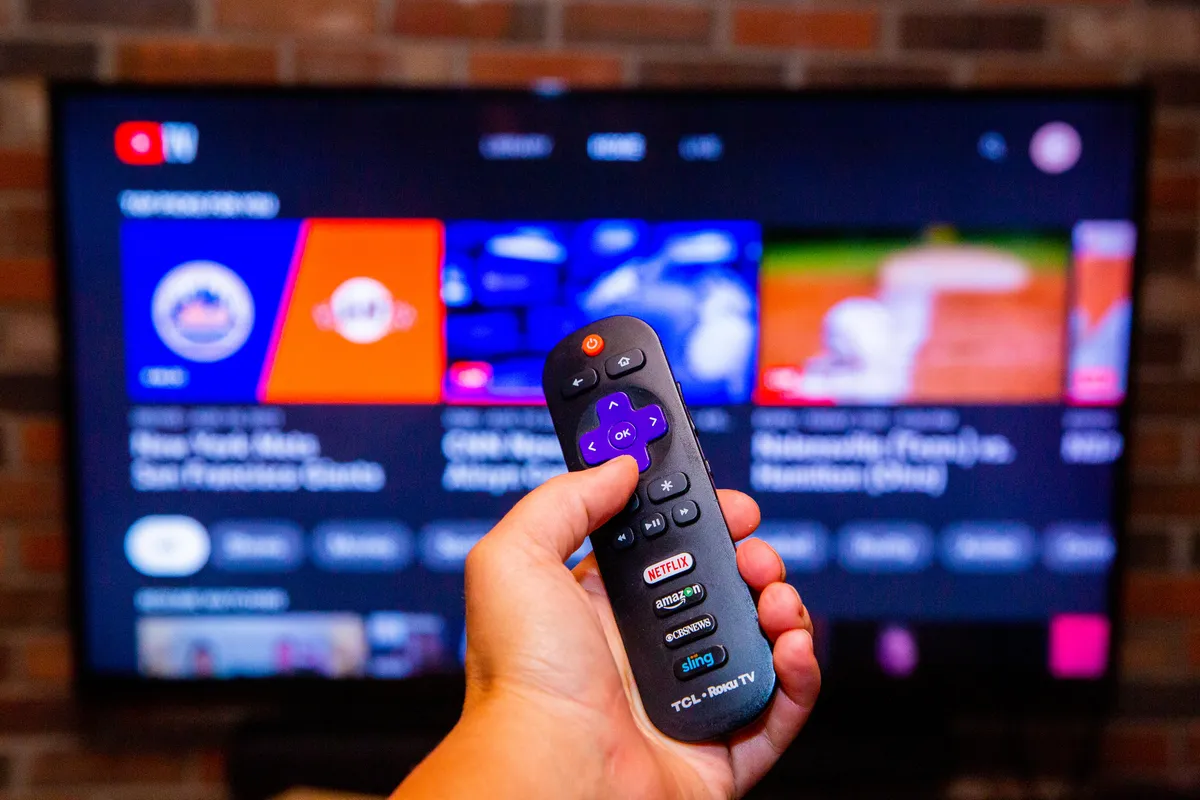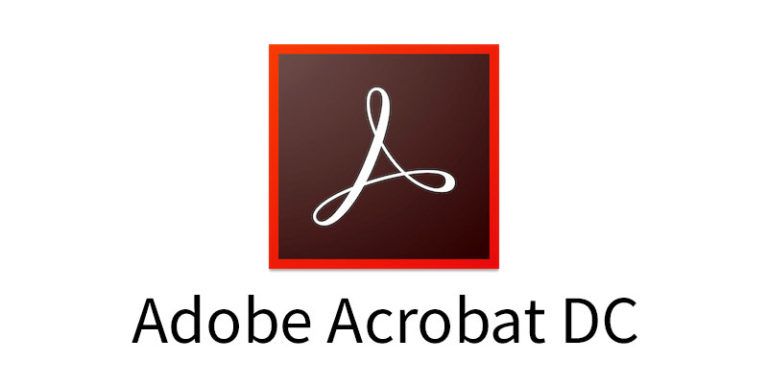
The television landscape has dramatically transformed in recent years, with streaming services challenging the long-standing dominance of traditional cable TV. Some key advantages of streaming include:
- On-demand viewing – Watch what you want, when you want
- No commercials (on many services)
- Original content exclusive to streaming platforms
- Lower costs compared to many cable packages
- Ability to watch on multiple devices
The streaming market has become increasingly crowded, with numerous services vying for viewers’ attention and subscription dollars. From industry giants to niche platforms catering to specific interests, consumers now have a wealth of options to choose from.
Cable TV – Still hanging on
Despite the surge in streaming popularity, cable television remains a significant player in the TV landscape. Cable offers some distinct advantages that keep many subscribers loyal:
- Live programming, especially for sports and news
- Channel surfing capability
- Local channels and content
- No reliance on internet connection quality
- Bundled services (TV, internet, phone)
Cable providers have also adapted to changing consumer preferences by offering streaming apps and on-demand content libraries. This hybrid approach allows them to retain customers who want a mix of traditional and modern viewing options.
Comparing costs
One of the primary factors driving the shift towards streaming is cost. Many consumers find that cutting the cord and subscribing to one or more streaming services can lead to significant savings compared to a traditional cable package. However, the calculus isn’t always straightforward. When comparing costs, consider the following:
- Base subscription fees for streaming services vs cable packages
- Additional fees for premium channels or add-ons
- Internet costs (which may increase without a bundle)
- Equipment rental fees for cable boxes or streaming devices
As the number of available streaming services grows, some users find that subscribing to multiple platforms to access all their desired content can quickly add up, potentially negating the cost savings over cable.
Content availability and exclusivity
Both streaming and cable offer unique content that can influence a viewer’s choice. Cable networks still hold the rights to many popular series and have their exclusive content. Sports fans, in particular, may find it challenging to cut the cord entirely, as live sports broadcasting remains a stronghold of cable and satellite TV. However, streaming services are making inroads in this area, securing rights to specific leagues and events.
User experience and technology
The viewing experience differs significantly between streaming and cable. Streaming platforms typically offer more modern interfaces, personalized recommendations, and the ability to start and stop shows at will. Cable, while improving, often feels more rigid in its programming structure.
In contrast, cable TV generally provides a consistent viewing experience regardless of internet speeds. As the battle between streaming and cable continues, the lines between the two are blurring. Cable providers offer streaming options, while some streaming services experiment with live programming and linear channels. Looking ahead, we can expect to see:
- Further consolidation in the streaming market
- Improved integration of streaming and traditional TV services
- Advancements in content discovery across platform
Conclusion
The modern TV landscape is more diverse and complex than ever before. Streaming services have a peek at these guys offering viewers unprecedented choice and flexibility. However, cable TV continues to evolve and maintain its relevance, particularly for live events and local programming. Whether you cut the cord, stick with cable, or create a hybrid setup, the goal is to find a combination that provides the content you love at a price you’re comfortable with.







